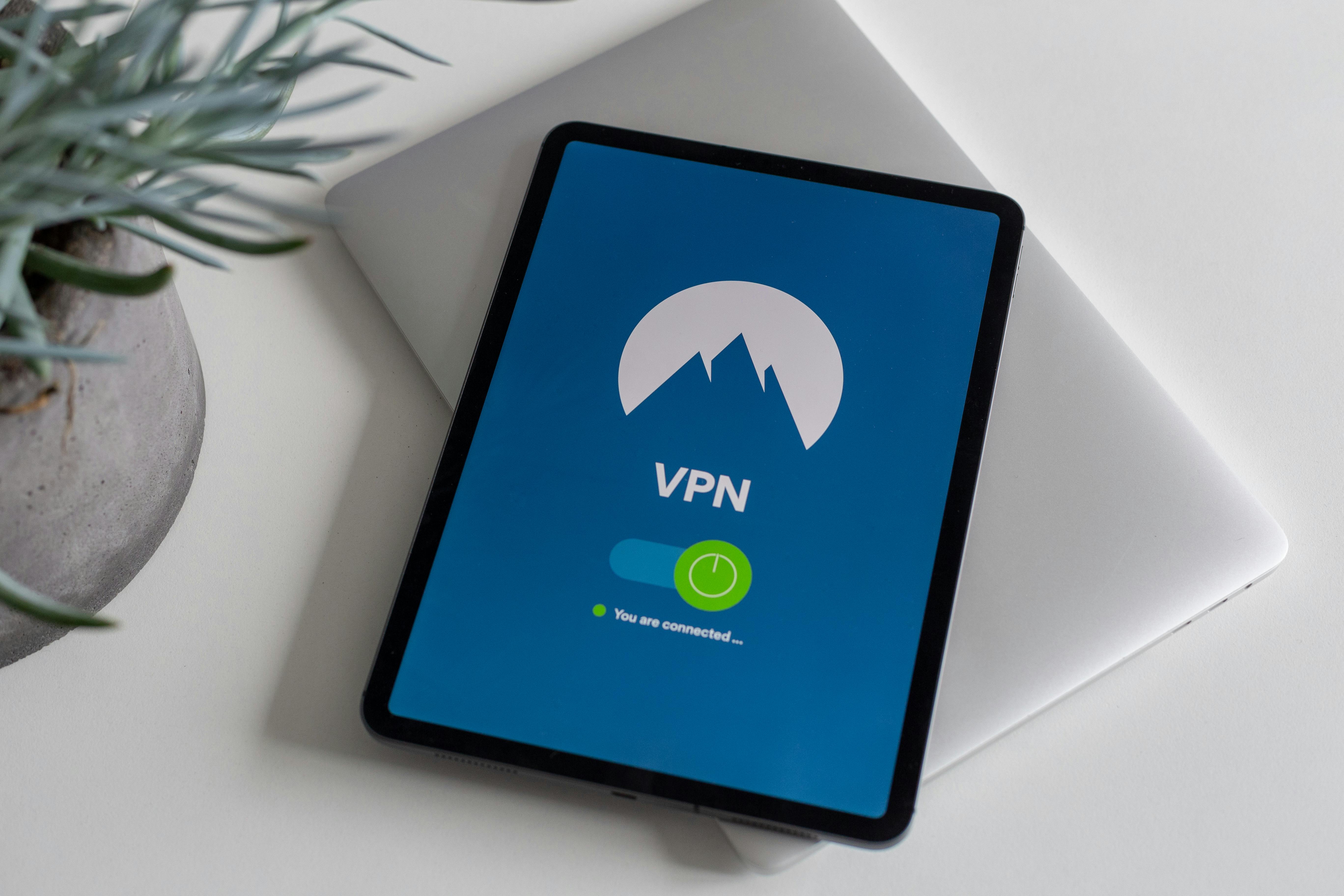The process of buying and selling products or services online is called electronic commerce, commonly known as E-Commerce. Developing, marketing, selling, delivering, servicing, and paying can all come under this process. Due to the extensive use of the Internet today, the amount of trading that is done online has increased. Trading is used in electronic funds transfer, supply chain management, Internet marketing, online transaction processing, electronic data interchange, inventory management systems, and automated data collection. The World Wide Web is the main tool and is used at least once in the transaction and email, mobile devices and phones are also widely used.
Most of the electronic commerce is carried out in virtual form, but the transport of physical products is also carried out. E-tailers are online retailers and e-tail is retail and the World Wide Web consists of almost all major retailers. There are different types of e-commerce. Electronic commerce between two companies is called Business to Business or B2B and can be open to everyone or to specific raters. Electronic commerce between businesses and consumers is called Business to Consumer or B2C. Here the buyer is directly in contact with the business as if it were an online purchase. There is no intermediary service presence in most cases. Electronic commerce involves sales and the transfer of data to enable financial transactions by businesses.
Some applications where electronic commerce is used are document automation, national and international payment systems, group purchases, instant messaging, enterprise content management, teleconferencing, electronic tickets, etc. Data integrity and security are burning issues in e-commerce.
International trends:
As the use of the Internet has increased dramatically, business models have also changed to the same extent with the help of e-commerce and are not limited to a certain country. This has increased competition from the advertising industry to capture the interests of customers. If we take developing countries, China is the fastest growing economy in this field. They have made consumers comfortable shopping online. E-commerce has become a vital tool for retaining customers and selling across the globe.
Effect of e-commerce on markets and retailers:
The Internet has made it easy for customers to do product research and find the best price for any product online, creating price competition between various companies. The structure of the bookstore and travel agency industry has been influenced by e-commerce due to the increase in online shopping. This has helped larger companies grow as they can offer the best prices that smaller companies can offer.
Distribution:
There are two distribution channels which are ‘pure click’ and ‘brick and click’. Many companies have switched to these two-channel systems.
Pure Click: These companies do not exist as a firm. They work purely through the website. These companies need to maintain their e-commerce websites with utmost care as customer service is of high preference here.
Brick and Click – These companies already exist as a firm and add a website for online business. These companies initially doubted that the status of the relationship with their offline retailers, agents, or their own stores would be in jeopardy, but the Internet eventually found its way into their distribution channels after witnessing the business generated by their online counterparts.



